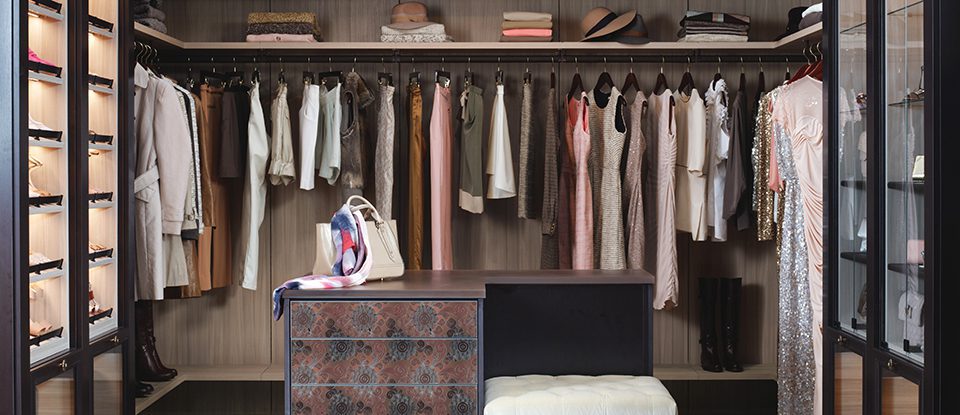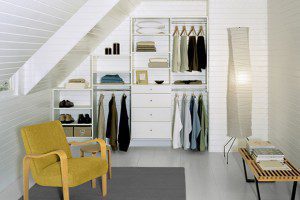In the Fold: A Decluttering Genius Reimagines the Everyday Drawer

A week or so after putting your neatly folded laundry away, you may notice some drawers becoming almost too scary to open. The clothing inside may be jumbled and tangled, the result of pulling a garment from the bottom of a pile, or the drawers might be so stuffed you can hardly close them without something catching.
Luckily, the solution to this problem lies in your folding technique. In her book, The Life-Changing Magic of Tidying Up, organization expert Marie Kondo outlines a simple, easy-to-understand folding method that may change your drawers forever.
Here are some of her key tricks to incorporate into your own life so you never have to see a messy drawer again.
Envision how you want the drawer to look: Before you begin, remove your drawer’s contents and evaluate the end result. Would you like the items organized by color? By texture? Or by type? You may even want a combination of these options. Knowing your proposed end result is an important road map when reimagining a drawer.

Don’t make piles: Kondo encourages you to stop storing items on top of one another. While her way of folding (detailed below) might sound like it would cause wrinkling because you’ll be making more folds than you likely do now, she explains that it’s not the number of folds that cause clothing to crease — it’s the weight. If you stack six shirts in a drawer, the bottom one will be the most in need of ironing from the weight of the other five. Piles also force you to dig through your items, which can lead to drawer chaos and rumpled garments.
Fold each item into a sturdy rectangle: The right way to fold, according to Kondo, is to make a thick rectangular shape with every garment. You can apply this method to socks, underwear, T-shirts, pants, etc. Using a shirt as an example, you would first lay it flat, upside down. Then, fold both sides inward one-third of the way, tucking the sleeves in after. Then, fold across the center of the shirt, in thirds. (This handy video shows Kondo performing this technique so you can see it in action.)
Store items side by side: As you fold your items, place them side by side in the drawer. Ideally, after folding, each garment should stand at the same height as your drawer so that it won’t get caught and will stay up on its own. When each piece of clothing stands on its own, you’ll be able to see everything in the drawer at a glance.

Practice until you get it perfect: Know that it may take you a couple tries to get this folding method down. According to Kondo, all garments have a “sweet spot” of how they want to be folded. If an item drops or won’t stand up, refold it until you find the configuration that works. The ideal fold may be different depending on the material and type of clothing. Typically, you’ll want to tightly fold items with light, soft fabric, reducing them to a small width and height. For thicker, fluffier items, you’ll want to create fewer folds.




